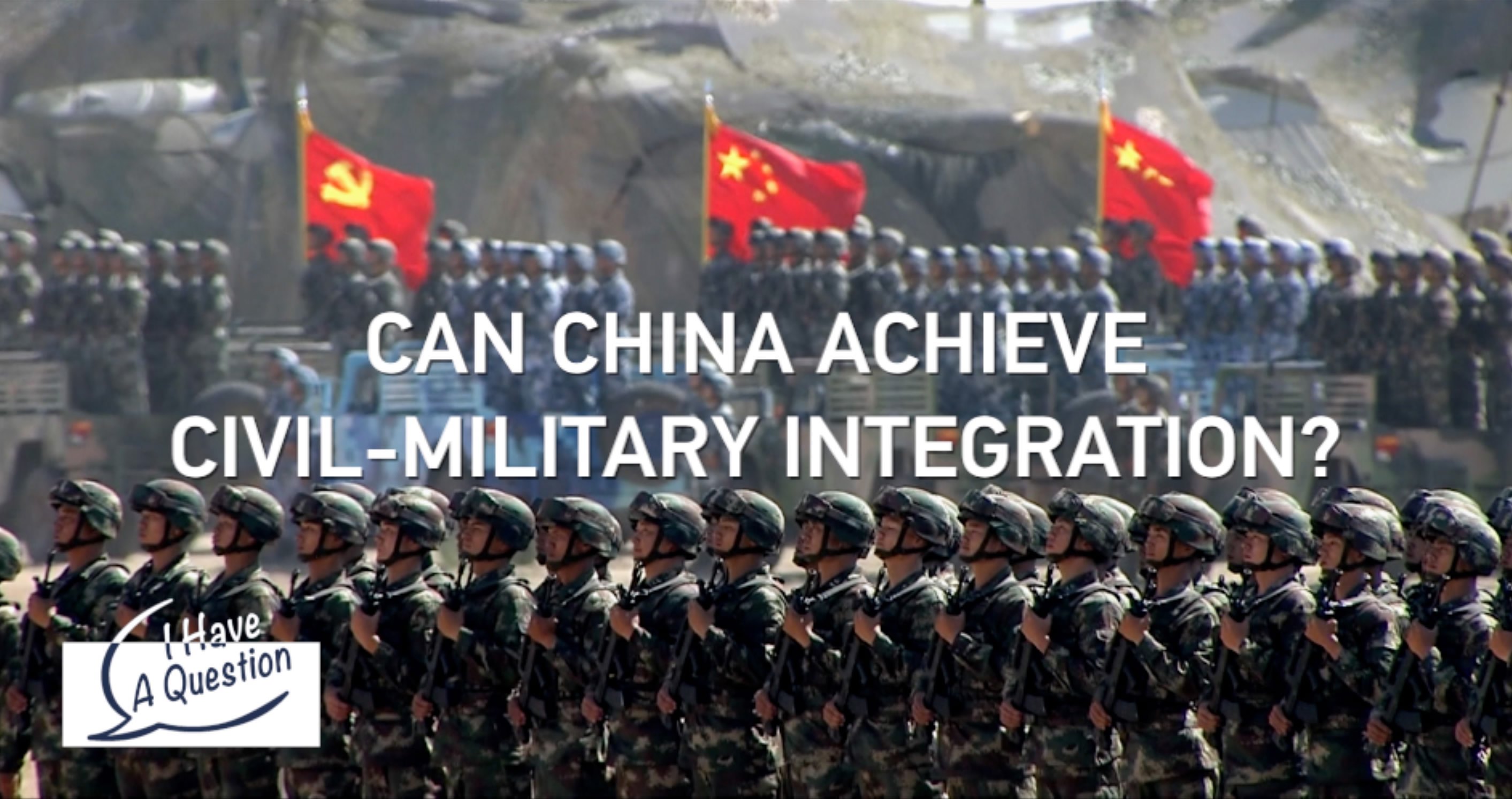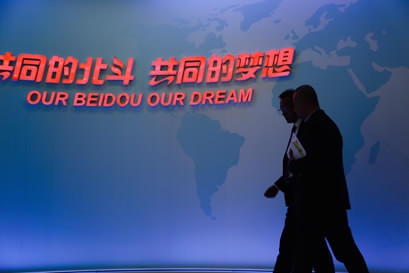
Politics
23:13, 09-Mar-2018
I HAVE A QUESTION: Can China achieve civil-military integration?
By CGTN’s Han Bin

Can the PLA be smaller, smarter?
President Xi Jinping wants a smaller, smarter military. The order has gone out to greatly integrate dual-use technologies, much like those commonly used by many Western armies. The civil-military integration has been hailed as a national strategy. This policy is driving China’s military transformation which aims to boost efficiency and strength.
Major General Jiang Luming is from the National Defense University of the People’s Liberation Army. He also serves at the newly established Central Commission for Integrated Military and Civilian Development, which is the key coordinating body for civil-military integration at the national level. He says that at the core of the rise of great powers is the rise of comprehensive national strength. Deep integration is reliant on the national economic system to build a modern army.

CPPCC member Jiang Luming speaks to CGTN during the ongoing political meeting in Beijing. /CGTN photo
CPPCC member Jiang Luming speaks to CGTN during the ongoing political meeting in Beijing. /CGTN photo
Though the policy is clear, civil-military integration has been slow. Civilian companies aren’t taken seriously when trying to enter the monopolized military markets. So the question is two-fold: How and when can China achieve civil-military integration?
Breaking the monopoly
Civil-military integration reveals a lucrative market. CGTN talked with Zhou Ruxin, founder of BDStar, a leading private company in navigation and positioning. Zhou says civil-military integration is helping drive innovation and reducing military expenditure.
He pointed out that many of the advanced technologies are coming from civilian enterprises. Civilian companies have flexible systems and, in the process of civil product development, they can greatly improve quality of weaponry and reduce the cost of technology. But there are other barriers that need to be removed, so that more private companies can take a share.

Inside BDStar Company /CGTN Photo
Inside BDStar Company /CGTN Photo
Jiang Luming says that it’s difficult to produce the advanced weaponry and equipment systems by closing doors. The resources of the nation's greatest strengths, in both the military and society, must be concentrated, so as to achieve win-win improvement through integration.
New engine of growth
The government says that greater integration will spur innovation and cultivate new engines of growth. China is taking steps towards this. Though significant breakthroughs in reform have yet to come out, most believe the country is on a faster pace towards building a more competitive force.
Jiang Luming says that the integration will focus on key areas such as space, cyberspace and maritime sciences, while private capital is being encouraged to enter military industries. Jiang has called attention to several points:
- Make it a national strategy
- Integrate civil-military with other strategies
- Marketization in practice
- Identify military and civilian requirements
- Innovation driven
- Consensus building
Decades of intertwined interests within military industrial bases could mean that reform won't be easy. It remains unclear how long it will take to achieve significant civil-military integration, and how much such a transformation would help fulfill Xi Jinping's directive for the People's Liberation Army to become world-class.
(Video filmed by CGTN cameraman Wang Jigang)

SITEMAP
Copyright © 2018 CGTN. Beijing ICP prepared NO.16065310-3
Copyright © 2018 CGTN. Beijing ICP prepared NO.16065310-3